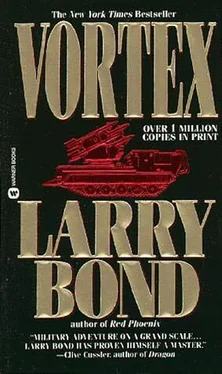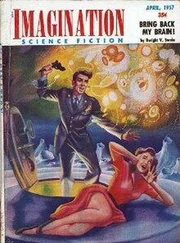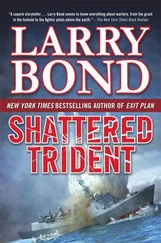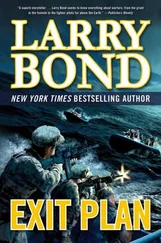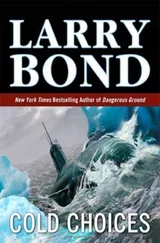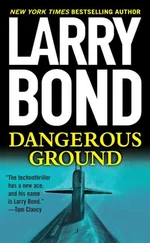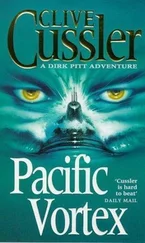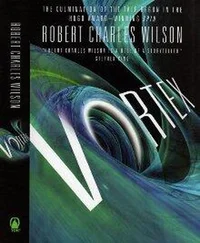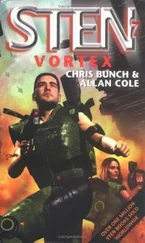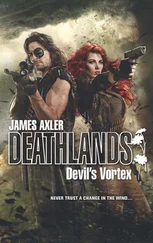And the circumstances were scarcely ordinary. He couldn’t understand it.
Why weren’t those trucks being blown to pieces by enemy air attack?
A nagging fear suddenly crystallized into certainty. The aircraft weren’t attacking those trucks because they were all on the same side. He couldn’t figure out how the Cubans could possibly have moved their troops so close to Pretoria so fast, but that would have to wait. All that mattered now was that he had what must be a communist truck column under his Rookiat’s 76mm gun.
“Target! Five hundred meters! Load HE!” Van Vuuren kept his eyes glued to the night sight. By rights he should sit back and allow Meitjens to man the gun, but he couldn’t resist the temptation to do it himself. In the past thirty or so minutes, he’d been bombed and strafed and generally terrified half out of his mind. Now he wanted the pleasure of personally killing some of the Uitlanders whose airborne comrades had been responsible for all of that.
Besides, this was going to be easy-what an American would call a “turkey shoot.” Two or three shots to the front and two or three more to the back would trap this tightly bunched truck convoy on a ready-made killing ground. Hundreds of enemy infantrymen would meet death on a wide, empty expanse of asphalt and concrete.
Van Vuuren gripped the gun controls and traversed the turret to the tight in one smooth, whirring movement. Bright yellow cross hairs centered on the green image of the lead truck. He tapped the laser range-finder control with his thumb and numerals appeared on the screen-382 meters.
Practically point-blank. He ignored Meitjens’s resentful muttering behind his back. His gunner would just have to learn that rank had its privileges and this was one of them.
I “Up! 11
“On the way!” Van Vuuren squeezed the trigger.
Klaanng! A bright white flash erupted out of the Rookiat’s main gun. The whole vehicle rocked back as it recoiled. Dust swirled through the air, kicked up by the 76mm cannon’s muzzle blast.
The South African captain pressed his face into the night sight, swearing softly as he waited for the dust to settle. Come on. Come on. Clear. Let me see, blast it!
Vision returned. Shit! Van Vuuren snarled at the view his screen showed.
The truck he’d fired at was still moving, and a glowing hot spot two hundred meters farther up the opposite hillside showed where his shot had landed. He’d either missed entirely or the HE round had passed right through the enemy
vehicle without slamming into anything solid enough to set off its warhead.
“Up!” Rookiat Two One’s loader was still on the job.
Van Vuuren traversed right again, bringing the truck back under his cross hairs. This time you die, he promised. He reached for the laser range-finder button…. The night sight went blank. Cross hairs, glowing green images, and digital readouts all faded out and disappeared.
Van Vuuren stared at his darkened screen in dismay. Both the Rookiat’s ballistic computer and its thermal-imaging system were down. One part of his panicked mind remained calm enough to guess that the vehicle’s delicate electronics had taken shock damage in the same bomb blast that had scarred its turret armor.
“Meitiens!” He scrambled out of the other man’s seat in frantic haste.
Only the gunner had the technical know-how needed to get their ballistic computer up and running again. He collided head-on with the corporal in a confused tangle of arms and legs and curses.
Van Vuuren’s attempt to do everything himself cost Rookiat Two One precious time it did not have.
NIGHT STALKER LEAD, 160TH AVIATION REGIMENT,
OVER PELINDABA
One hundred and fifty feet above the highway, the MH-8 helicopter gunship, known as Night Stalker Lead, spiraled downward in a tight turn to the right. Ghostly images of trucks, hillsides, and patches of brush spun past at dizzying speed.
While the AVS-6 nightvision goggles worn by the gunship’s two crewmen made them look a bit like pop-eyed insects, the goggles also turned night into lime-green-tinted day inside a narrow forty-degree arc. Pilots and gunners using NVGs could pick out tremendous detail-the difference between thin, harmless tree branches and thick tree trunks for example.
That and years of intensive training gave the crews of the 160th Aviation Regiment a combat symbolized by their motto: “Death waits in the dark.”
The 160this gunships had proven themselves invaluable in combat over Panama and the Persian Gulf. Now they were proving it again in the darkness over
South Africa.
Night Stalker Lead’s pilot, a U.S. Army major, leveled out of his turn at fifty feet.
“You see where that shot came from, Dan?”
“Looking.” His gunner, a middle-aged warrant officer going prematurely gray, stared straight ahead-scanning the eerie, cartoonlike world visible through his goggles. A low hill rising steeply ahead. Hard-to-see clumps of scrub brush and scraggly trees. Painfully bright fires raging just over the horizon. There!
“Target! One o’clock! AFV!
Now the pilot saw it-the solid box-shape of an armored vehicle parked in a copse of trees overlooking the highway. He pulled back on his controls, decelerating to give his gunner a better shot.
“Nail him!”
“Doing it! “The gunner swiveled his fire control to the right. Cross hairs settled over the enemy AFV and stayed there.
“Locked on!”
Night Stalker Lead’s pilot dropped the gunship’s nose.
“Firing. 11
The helicopter’s last remaining TOW antitank missile leapt from its right stores pylon and raced through the sky trailing fire and an ultrathin control wire. It crossed the six hundred meters separating the gunship from its target and exploded against the South African AFV’s turret. The
Rookiat’s top armor had been designed to stop 23mm cannon rounds-not heavy weight antitank missiles.
Fuel and ammunition went up in a rolling blast that threw torn and twisted pieces of Rookiat Two One more than fifty feet into the air. Oily black smoke boiled out of the vehicle’s shattered hulk, spreading slowly across a barren hillside now dotted with small fragments of flaming wreckage.
Night Stalker Lead’s missile had annihilated South Africa’s last organized opposition to Brave Fortune. The 1/75th Rangers had a clear road to
Swartkop.
SWARTKOP MILITARY AIRFIELD
Swartkop Airfield’s vast stretches of oil-stained concrete were deserted-almost entirely abandoned to the dead and the dying. Fires guttered low in burnt-out hangars and workshops. Smoke and flame rose from the wreckage of the two MH-8 “Little Birds.” As part of the plan, they’d been abandoned and blown up by their own crews rather than let the South
Africans capture them intact. The only signs of life were concentrated near one end of the flight line where Rangers hurriedly unloaded wounded men from captured trucks and carried them into the huge cargo bay of the last waiting C141. More soldiers lay prone in a rough semicircle around the aircraft, ready to provide coveting fire if any South African troops appeared. Two weary officers stood watching off to one side of the
Starlifter’s cargo ramp.
Jet engines howled from the other side of the tarmac where the other C141 s taxied toward takeoff. Abruptly, one swung through a sharp 180-degree turn, came to a brief stop on the runway’s centerline, and then accelerated-rolling past with a thundering, rumbling roar.
Lt. Col. Robert O’Connell watched his battalion’s lead transport lumber heavily into the air with a profound sense of relief. Three nuclear weapons were safely off South African soil and bound for
American-garrisoned Diego Garcia -die first stage on a long flight back to the United States. Another C-141 followed a minute later, lifting off just as the third Starlifter flashed past down the runway. One after another, the huge transports took off.
Читать дальше
